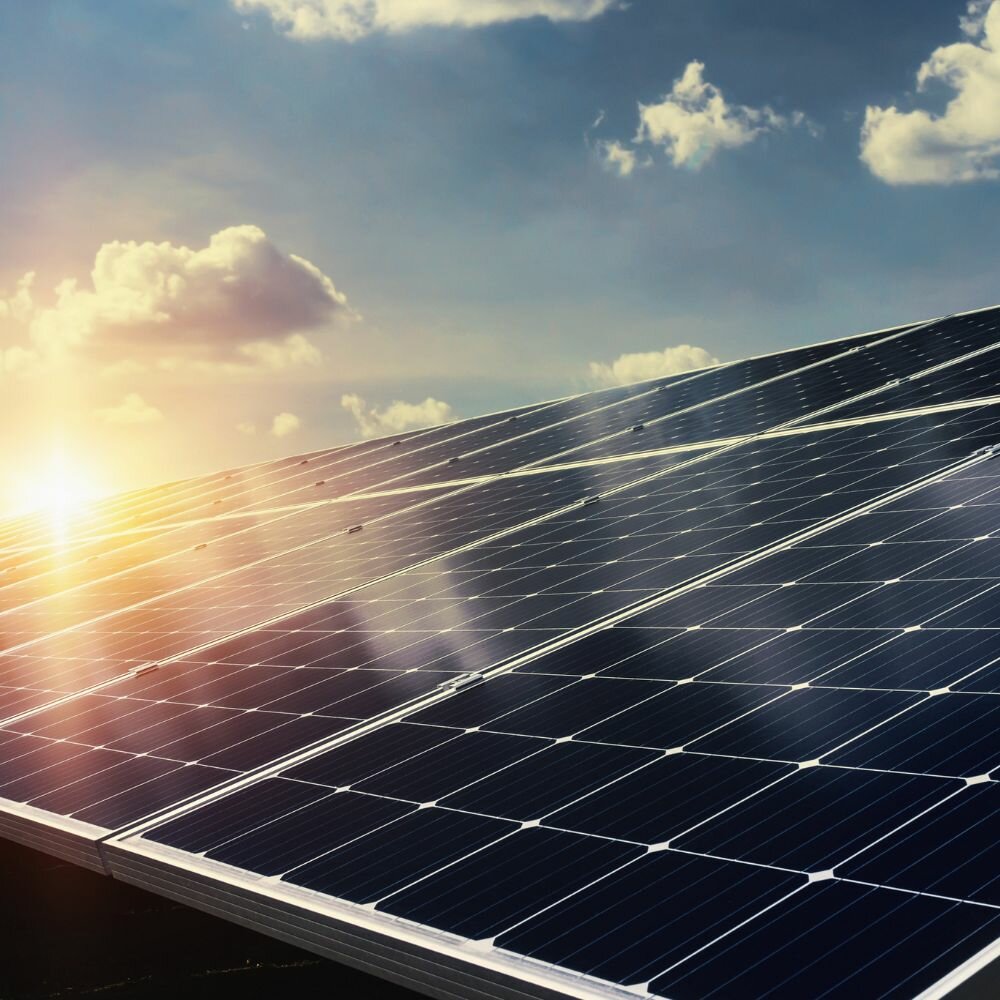5 Revolutionary Solar Technologies That Are Transforming the Industry
2022-10-17 20:25:14

The last decade has seen a rapid advance in various solar technologies, with panel technology becoming more efficient and the cost of new solar installations decreasing.
According to the International Renewable Energy Agency, the cost of installing solar photovoltaic (PV) projects in Africa has decreased by 61% since 2012. This cost reduction is good news for businesses in countries like South Africa, where our traditional parastatal energy supplier is battling to keep up with demand.
Solar energy offers a reliable and affordable alternative. It also allows a wide range of industries to become more sustainable. With abundant solar radiation, South Africa has enormous potential to generate power from solar.
This article looks at some of the most exciting developments in new solar technology. As these innovations become available commercially, they will transform both the solar and energy industries.
5 Revolutionary Solar Technologies:
1 - Building Integrated Photovoltaics (BIPV)
In this type of solar installation, the PV panels form an integral part of the building's design instead of being added to an existing structure as a retrofit. The system's total cost is less by building a roof with solar shingles instead of traditional roofing material.
One of the most significant advantages of using solar shingles is evident in the aesthetic of a building. However, it is about personal preference. Some find regular PV panels unsightly and prefer the sleek appearance of solar shingles. Either way, several companies produce solar shingles, and customers can choose between a range of colours and textures to achieve the desired aesthetic.
Another application of BIPV is to use standard solar panels as shade awnings. Parking areas are the perfect place for businesses to install solar as the PV panels provide shade for parked vehicles. They are also simple to maintain and service as they are easily accessible.
2 - Transparent Solar Technologies
Imagine an entire facade of a large commercial building made of transparent solar panels. As seen all over the Copenhagen International School and many others, this cutting-edge technology has a frontage of 12,000 translucent glass solar panels. That particular building produces 300-megawatt hours of electricity each year. At that rate, this solar technology can radically change how we build our skyscrapers.
Even partially transparent solar panels can absorb up to 60% of the sunlight with an efficiency of around 7%. Historically, many glass facade buildings tint their windows to reduce the amount of heat transmitted into the building. With this type of solar panel, however, you can reduce the temperature of a building and generate electricity.
3 - Optimising Land Use With Agrivoltaics
The concept of agrivoltaics or agrisolar combines solar production with traditional agriculture and is particularly suitable for dry, hot regions. The solar arrays provide shelter that limits the amount of extreme sun exposure, while the shade from the solar panels creates a microclimate that can significantly improve crop outputs. Certain crops such as potatoes, onions, spinach, and lettuce thrive in this environment and produce higher yields.
Solar panel infrastructure combined with greenhouses helps to grow a variety of vegetables, and in extremely arid areas, solar panels provide shelter and cover for livestock to graze.
Combining farming land with solar arrays improves the efficiency of PV panels. This efficiency improvement occurs when, in high temperatures where solar panels are less efficient, the cooling effect of growing crops underneath them improves their efficiency. Combining agriculture and solar for business thus offers enormous potential for arid regions.
4 - Innovations in Solar Panel Design
Traditional silicon PV cells have an efficiency of around 22%. Researchers are, however, looking to various other substances to further improve the efficiency of solar panels.
One of the most promising of these substances is perovskite. Synthesised from naturally occurring calcium titanium oxides, this group of chemical compounds have a crystal structure similar to silicon.
It has produced a solar panel with an efficiency of 29.15% when used with silicon, but the prototype only lasted for 300 hours as perovskite is not heat stable. Once researchers can overcome this hurdle, perovskite looks set to improve solar panel efficiency.
Another solar technology that shows great promise is multi-junction solar cells. These are also known as stacked cells because they use multiple layers of semiconductive materials. Using up to six layers of material, the panel can absorb different wavelengths of solar radiation.
This technology uses two different methods to connect the layers of material and allow electrons to flow between them. Either they create tunnel junctions, or they fuse the materials. The most successful of these prototypes have a record-breaking efficiency of 47.1%.
The only reason why multi-junction solar technology is not yet widespread is the cost involved with its production. This technology is too expensive for widespread use and has only been used on a spacecraft.
5 - Wireless Solar Power from Space
Soon, we may well be beaming solar power to earth from vast solar arrays in space. This particular solar technology sounds more like science fiction than reality. However, the Japanese Space Agency (JAXA) plans to operate a space solar power system (SSPS) by 2030.
The advantages of this technology are considerable. Orbiting solar panels provide continuous power without weather fluctuations or night-time. Moreover, solar radiation is 40% stronger than on the earth's surface.
We can also direct power to any location on earth as long as it has a receiver. Transmitting electricity through microwave or laser is still under development; thus far, JAXA has only managed to transmit power over a distance of 500 meters. But they are hopeful that they can resolve all of our energy supply issues in an eco-friendly way.
These great technologies have the potential to transform the energy industry completely.
Is Your Business Considering Installing Solar?
We're still at least a decade away from wireless solar technologies in space. Still, in the meantime, PV solar panels are the best way to provide your business with reliable and renewable energy.
At Daisy Energy, we'll analyse your business site and complete a feasibility study to provide you with a custom solar solution. With branches across South Africa, we can design, install and maintain the right solar system for your business, no matter where you are.
Contact us online or call us to discuss your solar requirements.


